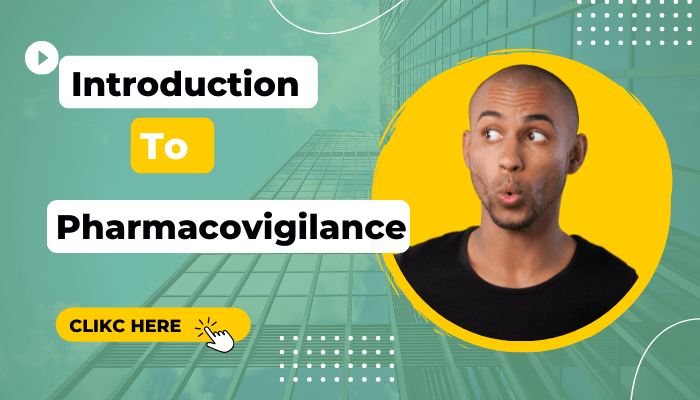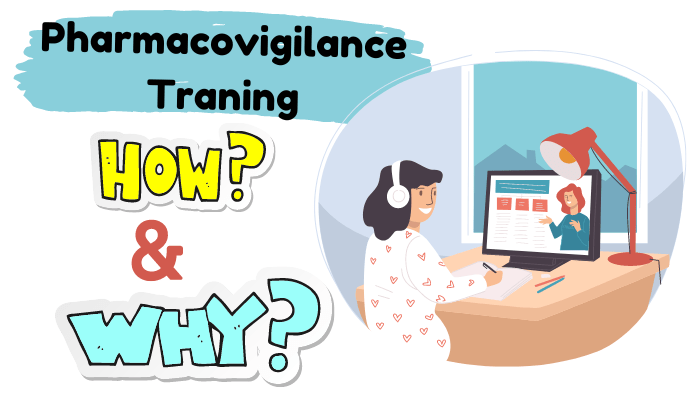Comprehensive Guide to ICSR Case Processing in Pharmacovigilance
Individual Case Safety Reports (ICSRs) are crucial components of pharmacovigilance, representing the collection and reporting of information about adverse events experienced by patients. Effective ICSR case processing ensures that pharmaceutical companies and regulatory authorities can monitor the safety of drugs and medical products, thereby protecting public health. In this comprehensive guide, we will explore the essential aspects of ICSR case processing in pharmacovigilance, from the initial receipt of the report to its final submission to regulatory authorities.
What is ICSR Case Processing?
ICSR case processing involves the systematic handling of adverse event reports. This process includes receiving, evaluating, and reporting adverse drug reactions (ADRs) or adverse events (AEs). The goal is to identify potential safety issues with pharmaceutical products and take appropriate actions to mitigate risks.
Importance of ICSR Case Processing
- Patient Safety: Accurate and timely processing of ICSRs helps in identifying potential safety signals, ensuring that adverse effects are detected early and addressed promptly.
- Regulatory Compliance: Pharmaceutical companies must comply with various regulatory requirements, and proper ICSR processing ensures adherence to these guidelines.
- Market Surveillance: Continuous monitoring of drug safety through ICSRs allows for better market surveillance and maintenance of product safety profiles.
- Data Integrity: Ensuring high-quality data in ICSRs is essential for reliable safety assessments and decision-making.
Key Steps in ICSR Case Processing
1. Case Intake and Initial Receipt
The first step in ICSR case processing is the intake and initial receipt of adverse event reports. These reports can come from various sources, including healthcare professionals, patients, clinical trials, literature, and regulatory authorities.
- Sources of ICSRs:
- Spontaneous reports from healthcare providers and patients
- Clinical trial reports
- Literature reports
- Regulatory authority submissions
- Post-marketing surveillance
- Initial Data Entry:
- Enter the case details into the safety database.
- Assign a unique case identification number.
- Verify the completeness of the initial information.
2. Case Triage
Case triage involves determining the seriousness and priority of the reported adverse event. This step is crucial to ensure that serious and urgent cases are processed quickly.
- Criteria for Seriousness:
- Death
- Life-threatening conditions
- Hospitalization (initial or prolonged)
- Disability or permanent damage
- Congenital anomaly or birth defect
- Other medically significant conditions
- Triage Process:
- Review the initial information to determine the seriousness.
- Prioritize cases based on regulatory requirements and company policies.
3. Data Validation and Quality Check
Once a case is triaged, the next step is to validate the data for accuracy and completeness. Ensuring data quality is critical for the reliability of the safety assessments.
- Validation Checks:
- Confirm the identity of the reporter and patient.
- Verify the accuracy of drug and event information.
- Ensure all necessary fields are completed.
- Check for duplicate reports.
4. Case Assessment and Evaluation
In this step, pharmacovigilance experts assess and evaluate the case to determine the causality between the drug and the adverse event. This involves medical judgment and expertise.
- Case Assessment Components:
- Clinical assessment of the adverse event.
- Evaluation of patient history and co-medications.
- Analysis of laboratory and diagnostic results.
- Application of causality assessment methods (e.g., WHO-UMC, Naranjo scale).
5. Narrative Writing
A clear and concise narrative is essential for documenting the case details. The narrative should provide a coherent summary of the adverse event, the patient’s history, and the assessment outcomes.
- Narrative Structure:
- Patient demographics and medical history.
- Description of the adverse event.
- Drug details (dosage, administration, duration).
- Clinical course and outcome.
- Causality assessment and conclusions.
6. Regulatory Reporting
Regulatory reporting involves submitting the processed ICSRs to the appropriate regulatory authorities within specified timelines. This step ensures compliance with global pharmacovigilance regulations.
- Reporting Timelines:
- Expedited reporting for serious and unexpected adverse events (usually within 15 days).
- Periodic reporting for non-serious events (e.g., PSURs, PBRERs).
- Reporting Formats:
- Electronic submission (e.g., E2B format).
- Paper submission, if required by the regulatory authority.
7. Follow-up and Case Closure
Follow-up activities are necessary to gather additional information and ensure the completeness of the case. Once all relevant information is collected, the case can be closed.
- Follow-up Process:
- Contact the reporter for additional details.
- Update the case with new information.
- Reassess the case if new data impact the initial assessment.
- Case Closure:
- Final review and quality check.
- Documentation of the closure.
- Archiving the case for future reference and audits.
Best Practices for ICSR Case Processing
1. Implementing Standard Operating Procedures (SOPs)
Develop and adhere to comprehensive SOPs for ICSR case processing to ensure consistency, accuracy, and compliance.
- Key Elements of SOPs:
- Detailed workflow for each step of case processing.
- Roles and responsibilities of team members.
- Timelines and escalation procedures.
2. Training and Competency Development
Regular training and competency development programs for pharmacovigilance staff are essential to maintain high standards of case processing.
- Training Focus Areas:
- Regulatory requirements and updates.
- Medical and clinical assessment skills.
- Use of safety databases and reporting systems.
3. Utilizing Advanced Technology
Leveraging advanced technology can enhance the efficiency and accuracy of ICSR case processing.
- Technological Solutions:
- Safety databases (e.g., Argus Safety, ARISg).
- Automation tools for data entry and validation.
- Artificial intelligence for signal detection and analysis.
4. Quality Assurance and Audits
Regular quality assurance checks and audits help identify areas for improvement and ensure compliance with regulatory standards.
- Quality Assurance Activities:
- Routine checks of case processing workflows.
- Internal audits and inspections.
- Corrective and preventive actions (CAPA) implementation.
5. Effective Communication and Collaboration
Facilitating effective communication and collaboration among pharmacovigilance team members, healthcare providers, and regulatory authorities is crucial for seamless case processing.
- Communication Strategies:
- Regular team meetings and updates.
- Clear and concise communication channels.
- Collaborative tools for real-time information sharing.
Challenges in ICSR Case Processing
Despite the structured approach, ICSR case processing can face several challenges:
1. Incomplete or Inaccurate Information
Receiving incomplete or inaccurate information from reporters can complicate the case processing and assessment.
2. High Volume of Reports
Managing a high volume of adverse event reports, especially during post-marketing surveillance, can overwhelm pharmacovigilance teams.
3. Regulatory Differences
Navigating different regulatory requirements across regions can pose a challenge for global pharmacovigilance activities.
4. Data Privacy and Confidentiality
Ensuring data privacy and confidentiality while processing and sharing ICSR information is crucial to comply with legal and ethical standards.
Conclusion
ICSR case processing is a fundamental component of pharmacovigilance, crucial for maintaining drug safety and regulatory compliance. By following structured processes and best practices, pharmacovigilance teams can effectively manage adverse event reports, ensuring timely identification and mitigation of potential risks. Leveraging advanced technology, implementing robust SOPs, and fostering continuous training and collaboration are key to overcoming challenges and achieving excellence in ICSR case processing. As the landscape of pharmacovigilance evolves, staying updated with regulatory changes and technological advancements will remain essential for safeguarding public health and ensuring the safety of pharmaceutical products.
This comprehensive guide aims to provide a detailed understanding of ICSR case processing in pharmacovigilance. For further information and updates, always refer to the latest guidelines from regulatory authorities and consult with pharmacovigilance experts.




